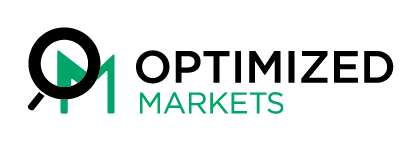Our Optimization-Powered Approach
Buyers get more desirable campaigns because the optimizer packs appropriate campaigns optimally into the available ad inventory. Consequently, the buyers are willing to pay more, which further increases the seller’s revenue.
The seller can sell more because the inventory is not used wastefully. Rather, it is used optimally to maximize revenue.
Usage Modes and Price Discovery
The software supports better price discovery for all inventory segments than current approaches. It can be used in two high-level ways:
- As a tool for packing campaigns onto ad inventory. In this use, the prices come from the seller, for example, from rate cards or Optimized Markets’s pricing engines or UIs.
- As a packing and pricing tool. In this use, the prices come from buyers’ expressed valuations. These expressions can include unlimited targeting and campaign controls, expressed as constraints or monetary preferences. Furthermore, minimum pricing (i.e., reserve pricing) can come from the seller at any desired level of granularity.
Our software supports detailed reserve pricing for arbitrarily fine-grained inventory segments, and other yield management techniques.
Re-Optimization, Re-Expression, and Simultaneously Optimized Makegoods
Our software supports re-optimization in light of new campaigns requests and changes in supply.
- It can repack existing campaign commitments differently into the ad inventory to make space for new campaigns, and to evaluate the cost of new commitments.
Optional feature: can truly optimize makegoods.
- Based on current execution state of campaigns, campaign commitments made so far, campaign requests, and projected demand (if available).
- Our approach minimizes the financial damage from makegoods.
- Today, sales teams spend 50-80% of their time on makegoods. We free that time for productive activities.
